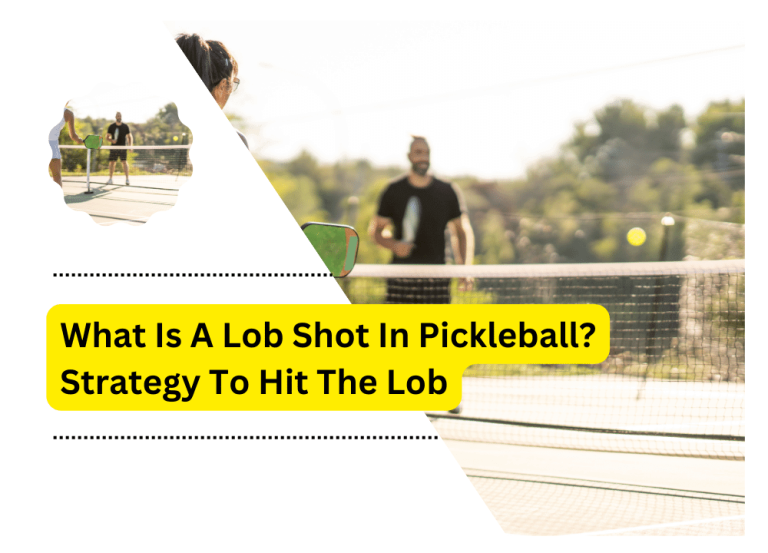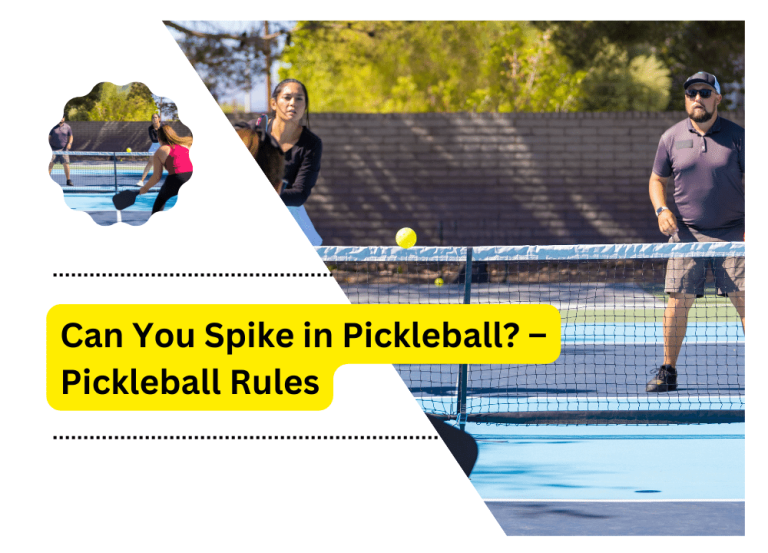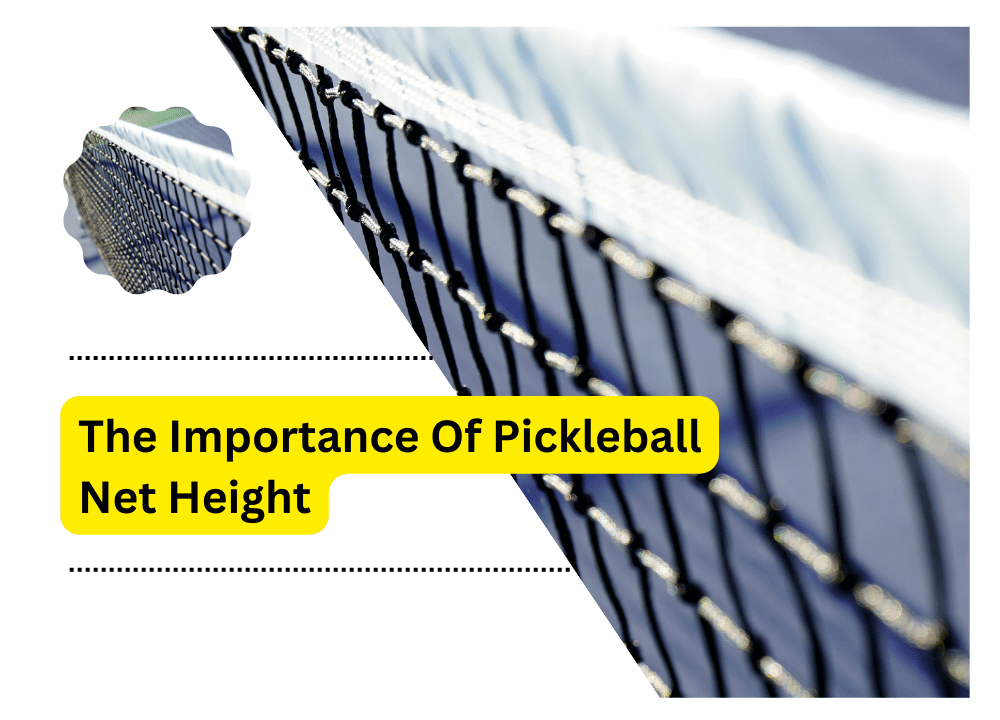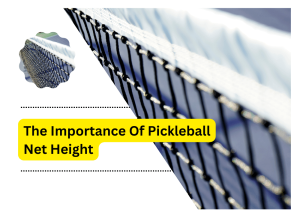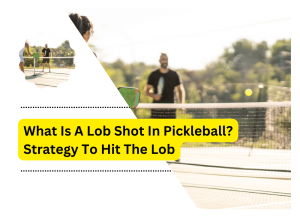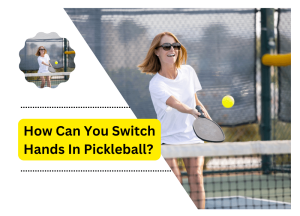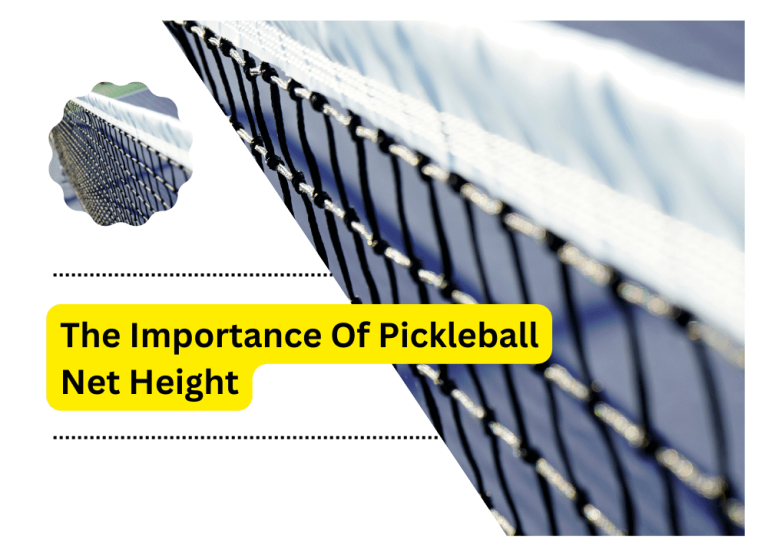As a pickleball player essential to clean your paddles of debris; equipment plays a vital role in any game, so here we guide you on how to clean pickleball paddles so that you take your performance up to the next level and never face any hassle.
Table of Contents
Toggle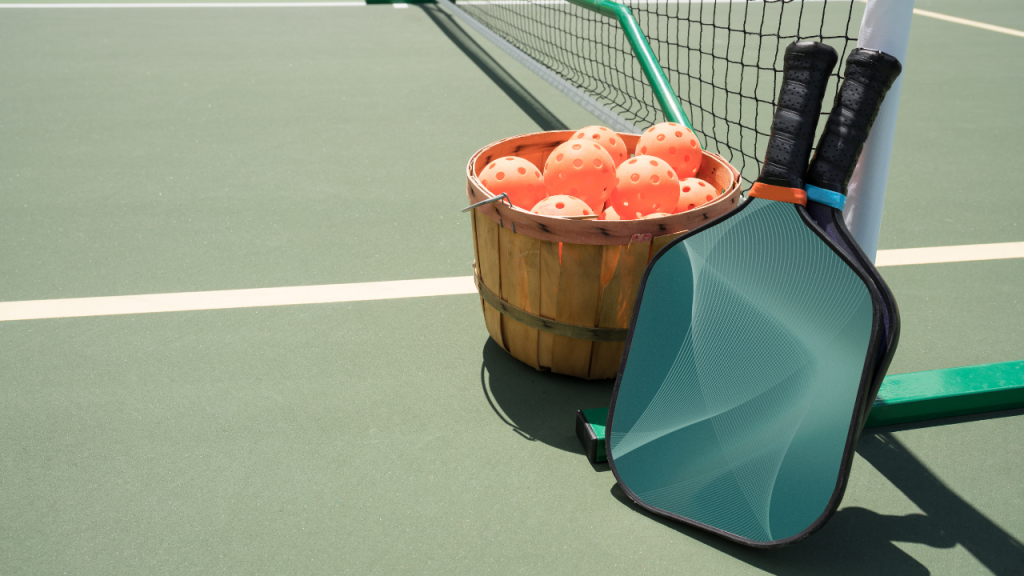
Cleaning Methods
Pickleball paddles are regularly cleaned to prevent the build-up of dirt and grime. Cleaning the pickleball paddle is a simple yet essential task that must be done periodically if the paddle is to be in good condition.
Ideally, the paddle should clean after each use, but this can be challenging if the paddle is only sometimes available for cleaning. Here are some easy cleaning methods for pickleball paddles:
- Use a damp cloth or soft sponge with mild soap and luke water to clean your paddle. Rub it gently to remove any debris.
- Dip a soft cloth in rubbing alcohol and run it lightly over the paddle to give it a quick shine and remove any stickiness on the surface.
- Use wood polish, such as linseed oil, to bring out the natural beauty of your paddle’s wood. Make sure to use a soft cloth and rub the polish in with a gentle circular motion.
- Use a specialized pickleball paddle cleaner, such as Pickle-Clean, explicitly designed for clean pickleball paddles. This cleaner can quickly remove dirt and grime from your paddle without scrubbing or wiping.
- Another critical method is to use a vacuum cleaner. A regular vacuum cleaner is used to clean the paddles, but it is essential to use the correct settings of the vacuum cleaner. If the vacuum cleaner is used correctly, the paddle can be cleaned in just a few minutes.
- The vacuum cleaner is use to remove any dirt or dust that is on the paddle. The bristles on the vacuum cleaner are used to clean the paddle’s surface.
- These simple cleaning methods let you keep your pickleball paddles looking and playing great.
- Pour Ammonia over the pickleball paddle and let it soak for several minutes. Wipe out the access with a cloth or towel.
- Baking Soda is the natural and quickest way to clean the paddle. Wet a cloth or paper towel, wring it out, and wipe down the paddle.
Cleaning Advantage
Regular cleaning of your pickleball pedal helps you to maintain its performance and longevity. Dirt and grime can build up on the pedal surface, leading to decreased grip, poor control of the ball, and reduced spin.
By removing dirt and grime from the paddle surface, you can ensure that it is performing at an optimum level for longer.
Cleaning prevents the build-up of odors and helps to make sure that your paddle stays in good condition. Finally, regular cleaning will help you maintain your pickleball paddle’s aesthetic appeal, which can be a great source of pride for any player.
The disadvantage of cleaning a paddle
- One of the possible disadvantages of cleaning is that it can cause damage to the paddle. If not done correctly, using abrasives such as steel wool or sandpaper can leave scratches or gouges on the surface. This will decrease the life and performance of your paddle.
- Using chemicals to clean a pickleball paddle may also damage the surface, and we need to avoid it.
- Always read and follow the manufacturer’s instructions carefully when cleaning your pickleball to ensure that you don’t reduce its life.
- Additionally, some paddles are cleaned in the dishwasher, but even this should be done carefully and according to instructions. It is always best to err on the side of caution when cleaning pickleball paddles.
Tips for cleaning the paddle
- Make sure you use the right products for your paddle type.
- Avoid scrubbing too hard, as this can damage the surface of your paddle.
- Regular cleaning always helps you to perform better.
- Always store your paddle in a dry, cool place to prevent any damage or cracking,
Different types of cleaning for different types of paddles are essential.
Rubber paddles require different cleaning methods than wood or composite paddle.
- For Rubber paddles, use a damp cloth with warm soapy water to clean the surface and Brush to Scrub any crevices or areas where dirt has built up. When finished, whip away the soap and dry thoroughly.
- Use damp clothes with mild soap and warm water for wood and composite, but do not use abrasive cleaning agents. After cleaning thoroughly, dry the paddle carefully before storing it.
No matter what type of paddle you have, remember to clean it regularly and store it properly to maintain its shape and use it for longer.
Why is it important to clean the paddle?
Cleaning the paddle is an essential part of keeping it in good condition. Not only will it help to avoid wear and tear on the paddle, but it will also protect your game. Here we have 4 reasons why cleaning is so important.
It prevents wear and tear.
It shows signs of wear and tear if you don’t regularly clean the paddle. This can include scratches, dents, and even cracks. All of these damages can lead to problems with your game, especially if you suffer loss if they occur in a tournament.
Keeps the Paddle Clean and Fresh Smelling
If the paddle isn’t clean, bacteria will grow and produce unpleasant odors.This can make playing in close quarters difficult and cause sneezing and coughing. In Addition, bad smells can also distract other players during matches or tournaments.
It Reduces The Risk Of Infection Or A Blister On Your Finger When Playing With A Dirty Paddle.
If your finger gets stuck in the crevice of a dirty paddle, it can be challenging to free yourself. This is especially true if the paddle is wet, making the situation even more treacherous. In Addition, if you happen to get an infection on your finger while playing with a dirty paddle, it can be complicated to treat.
It Protects the Wood from damage caused by rust or corrosion.
Depending on the type of wood used in a paddle, cleaning may be necessary every few months or weeks to prevent damage. If this happens, the wood may start to sag and distort, rendering the paddle useless for playing purposes.
FAQs
How do you clean a pickleball paddle handle?
How often should you change pickleball paddles?
For players in tournaments or more challenging games, their paddles need replacement after every few months.
How do you know when your pickleball paddle is worn out?
What is a dead pickleball paddle?
The term dead refers to how flat and unexciting these paddles are, as their lack of response makes them difficult for players to control.
Cleaning your pickleball paddle is vital for several reasons. Not only does it keep your paddle in great shape, but it also helps to prevent the spread of germs. Following these simple cleaning tips, you can keep your pickleball playing experience enjoyable and safe for everyone involved.

